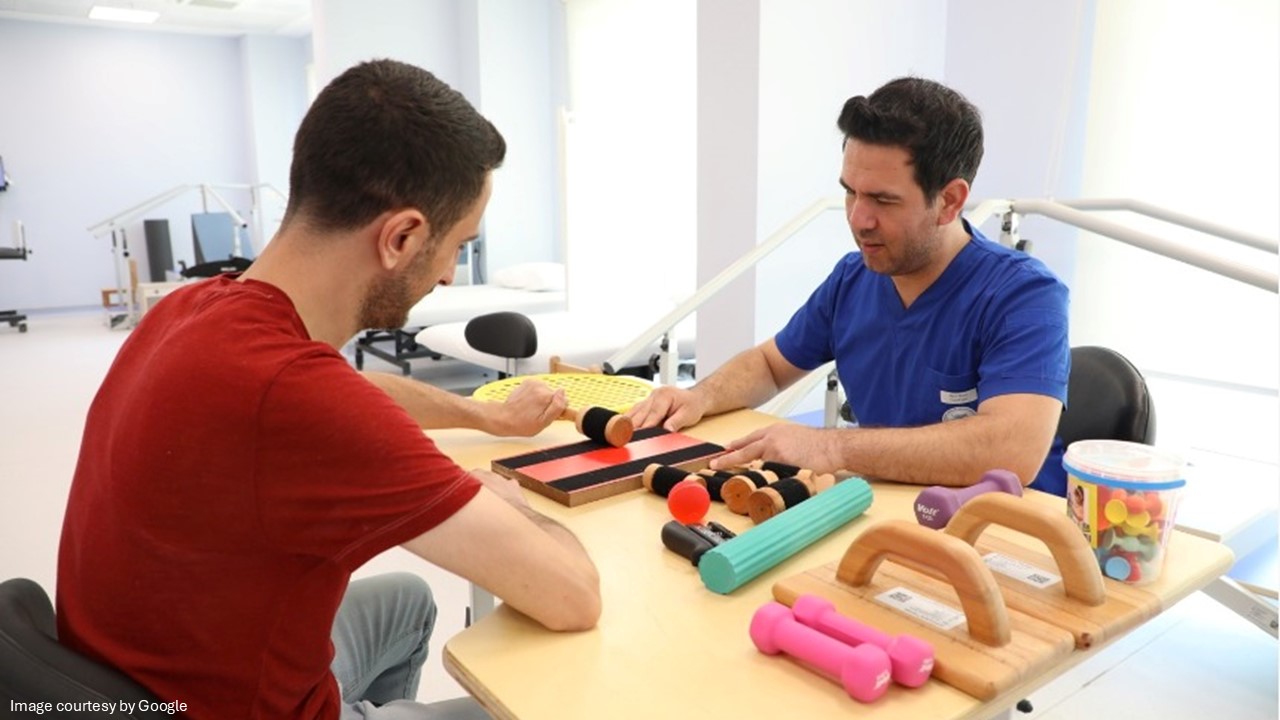Parkinson’s disease (PD) is a long-term condition of the central nervous system. It is a rapidly progressive neurodegenerative condition, and more than ten million individuals across the world are diagnosed with this condition. Data suggest that PD becomes a rapidly growing neurological disorder even as compared to Alzheimer’s disease (AD). Despite advancements in the pharmaceutical field, disease-modifying treatments have remained largely ineffective in delivering satisfactory results. However, new data from human and animal clinical trials revealed that high-intensity exercise is a promising anti parkinsonian treatment for slowing down the neurodegenerative process associated with PD. Patients with PD experience deteriorating motor and non-motor symptoms that affect their overall quality of life.
Is Exercise a promising intervention?
Currently, there is no approved therapy for preventing the development of Parkinson’s and slowing/stopping the progression of its symptoms. The existing treatment options are ineffective in several conditions, reducing effectiveness over time and causing side effects. Recent reviews reveal that exercise is the most promising intervention, demonstrating beneficial effects on several Parkinson’s symptoms. Exercise is safe and is considered the cornerstone of Parkinson’s rehabilitation.
According to recent reviews, exercise is one of the most promising interventions, showing beneficial effects on numerous Parkinson’s symptoms. Over the past few years, the number of research studies on exercise for Parkinson’s disease has nearly tripled. Recent studies have demonstrated that exercise may slow down the progression of the disease and even reduce the risk of developing it. Based on such research, exercise should arguably have a much more critical role in treating PD.
In this blog, we synthesize existing knowledge on the beneficial effects of exercise in preventing Parkinson’s disease. Also, learn how exercise and Parkinson’s medication can be combined to enhance quality of life.
According to reports from the World Health Organization (WHO), older adults (age 65 years or above) should engage in at least 150 minutes of moderate-intensity aerobic activity per week or perform at least 75 minutes of vigorous-intensity exercise. Despite being aware of these recommendations from the WHO, a substantial number of healthy older adults fail to meet the minimum weekly activity target. After a diagnosis of PD, there is a significant drop in the activity level, which is comparatively less than that of healthy people. Some of us thought exercise and physical activity were the same but distinct. Physical activity is a bodily movement that induces energy, including household chores and gardening. Whereas exercise is considered the subset of physical activity, which is planned, repetitive, and has a clear goal of enhancing physical fitness. In the 2000s, animal studies on using exercise as an adjunct to medicinal Parkinsons treatment yielded positive results. Those clinical trials revealed that high-intensity, rather than low-intensity, exercise had neuroprotective properties, meaning that exercise causes improved motor functioning in treated animals.
However, the exact mechanism of action behind reducing the risk of neurodegenerative disorders in midlife remains undisclosed. Nevertheless, it is quite reasonable to hypothesize that vigorous exercise may trigger a neural response, thereby slowing down the progression of the disease. Evidence suggests that exercise induces structural and functional modifications in healthy older adults’ central nervous system and patients suffering from PD, similar to the pattern seen following Levodopa administration.
Results from these and other human imaging studies reveal that aerobic exercise has the potential to enhance central nervous system function, supporting the notion that exercise can serve as a therapeutic approach in patients with PD.
Several large-scale research studies have investigated the long-term effects of aerobic exercise on both body movements and mental health issues in patients with PD. These studies reported improvements in body movements, mental health, and increased aerobic fitness and overall quality of life after six months of a walking routine in these patients.
Study 2 investigated the effectiveness of long-term, high-intensity aerobic exercise in slowing disease progression in new patients with PD. Moreover, results from the study2 indicated that high-intensity exercise performed four times a week, including half an hour of the main exercise set (at 80-85% % of maximum heart rate) but not moderate intensity workout, performed four times a week, half an hour of main exercise set (at 60 to 65% maximum heart rate) affects disease progression. Suppose positive results are obtained from Study 3 when they are done (because they are still going on); in that case, it will be the first to find an approach that effectively slows the progression of PD in new patients, a goal that no medicinal trial has yet achieved.

Aerobic exercise prescription
Healthcare professionals worldwide agree that exercise benefits PD patients; however, the frequency and intensity required for symptom management are not fully understood. It is believed that aerobic exercise alone may not be sufficient for the symptomatic management of patients with PD and that combining multiple exercises with medications may have additional beneficial effects. Nevertheless, evidence supporting the benefits of Parkinsons exercises on motor symptoms warrants further discussion. Based on these effective protocols, it is advised to adhere to the following dose: three times a week, 30 to 40 minutes of main exercise (60 to 80% of heart rate reserve), or 70 to 85% of maximum heart rate. The most common modes of aerobic exercise are stationary cycling and walking.
As pharmaceutical agents are not a one-size-fits-all solution, an effective exercise prescription should also be tailored to each patient with PD; therefore, if exercise is considered a form of medicine, offering these patients a patient-specific dose with potentially known effects is essential.
Parkinsons medication includes Levodopa, Dopamine agonists, COMT inhibitors, anticholinergics, MAO-B inhibitors, and amantadine. The goal of using these medications is to manage or control motor symptoms. Since the diminishing supply of dopamine, a brain chemical, is majorly responsible for these symptoms, most anti parkinson meds are formulated in a way that replenishes, mimics, or improves the effects of this brain chemical.
Verdict!
Effective management of PD symptoms should include a treatment plan that considers appropriate medication, regular exercise, and a balanced diet. As problems accumulate with disease progression, deep brain stimulation surgery is recommended for some individuals. However, most patients with PD can lead active lives with adequate symptom control for many years.



